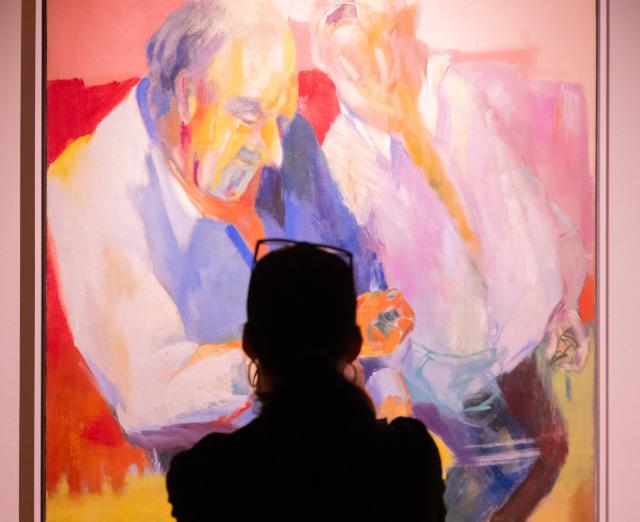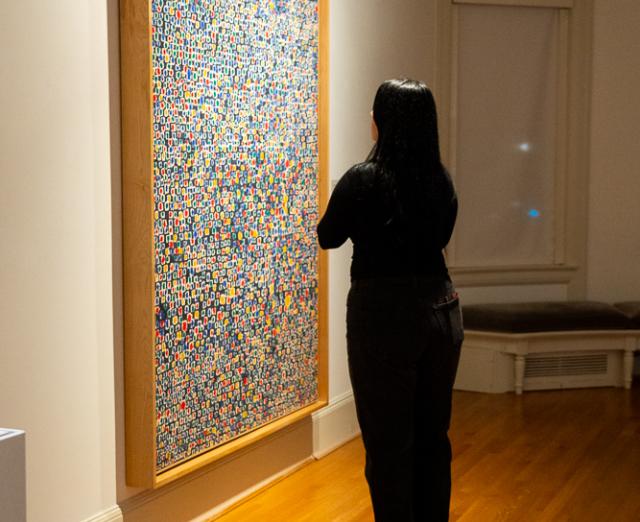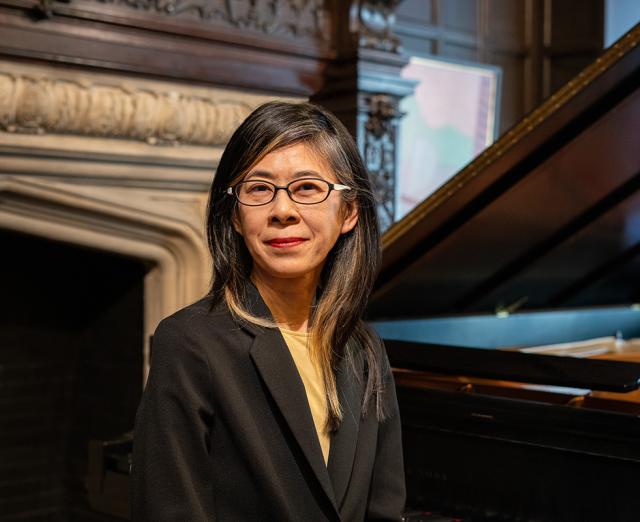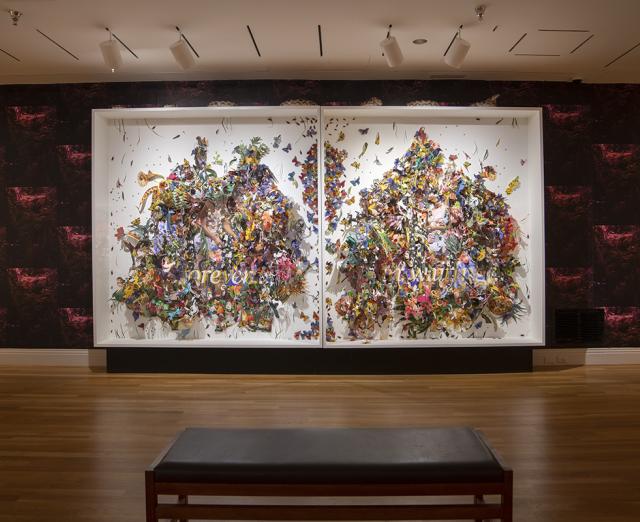A New Perspective on the Rebuild of Our Steinway
Director's Desk, Phillips Music
Vradenburg Director & CEO Dorothy Kosinski reflects on the connection between the land and The Phillips Collection’s Music Room.
In December 2015 we posted a video by H. Paul Moon about the painstaking rebuild by PianoCraft of our Steinway piano that lives in the Music Room. This major and sorely needed renovation of this precious instrument used lumber from the Sitka spruce, wood that is highly prized by musical instrument makers. This work was transformative, and our rebuilt piano has been played by many renowned and emerging pianists through our fantastic music program.
A recent front page Washington Post story caught my eye. It featured a large two column above-and-below-the-fold color photo of a Sitka spruce in Alaska’s Tongass National Forest on Prince of Wales Island off the pan handle of the state of Alaska. The reporter was Juliet Eilperin. Her story was not about Steinway pianos but rather about the tug of war between the market value of a 180-foot sitka spruce as timber (around 6,000 board feet of timber worth around $17,500) and its value as climate change mitigator capturing carbon dioxide (holding around 12 metric tons of carbon and another 1.4 tons in the roots). The article states that the Tongass National Forest “holds the equivalent of 9.9 billion tons of CO2–nearly twice what the United States emits from burning fossil fuels each year.” Since the US purchase of Alaska from Russia in 1867, the value of the forest has been exploited to produce lumber, paper, rayon and other products. Preservationists have fought the building of roads and the pollution of paper mills. The indigenous Haida and Tlingit nations, drawing on an old and deep understanding of the resources of the forest, rivers, and ocean, argue that the old growth forests are essential for the landscape’s survival and also for their way of life. What are the solutions? To protect the forests by selling carbon credits to oil and gas companies, to foster a more balanced economy that depends not on industrial scale timber industry but on an intricate balance of Alaska native and small operator lumber companies, tourism, fishing, craft, and many other small industries. This thoughtful, in-depth article brought me a new and unexpected appreciation of our beautiful Steinway piano. From now on I will marvel not only at its physical beauty, its auditory excellence, and of course the compelling art installed in the Music Room, but also at the magnificence and importance of a 500-year-old Sitka spruce to the ecological health of the planet and to the holistic well-being of the native peoples of Alaska. I will also pay tribute to the Piscataway and Anacostan native peoples of our DC region, on whose unceded land we live and work.




